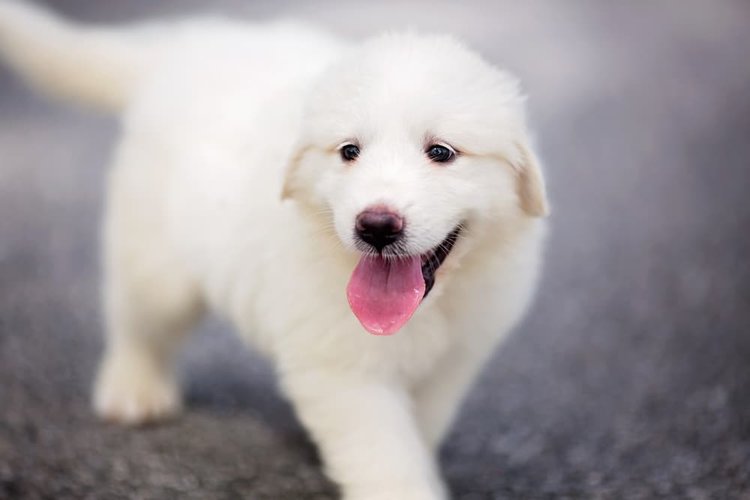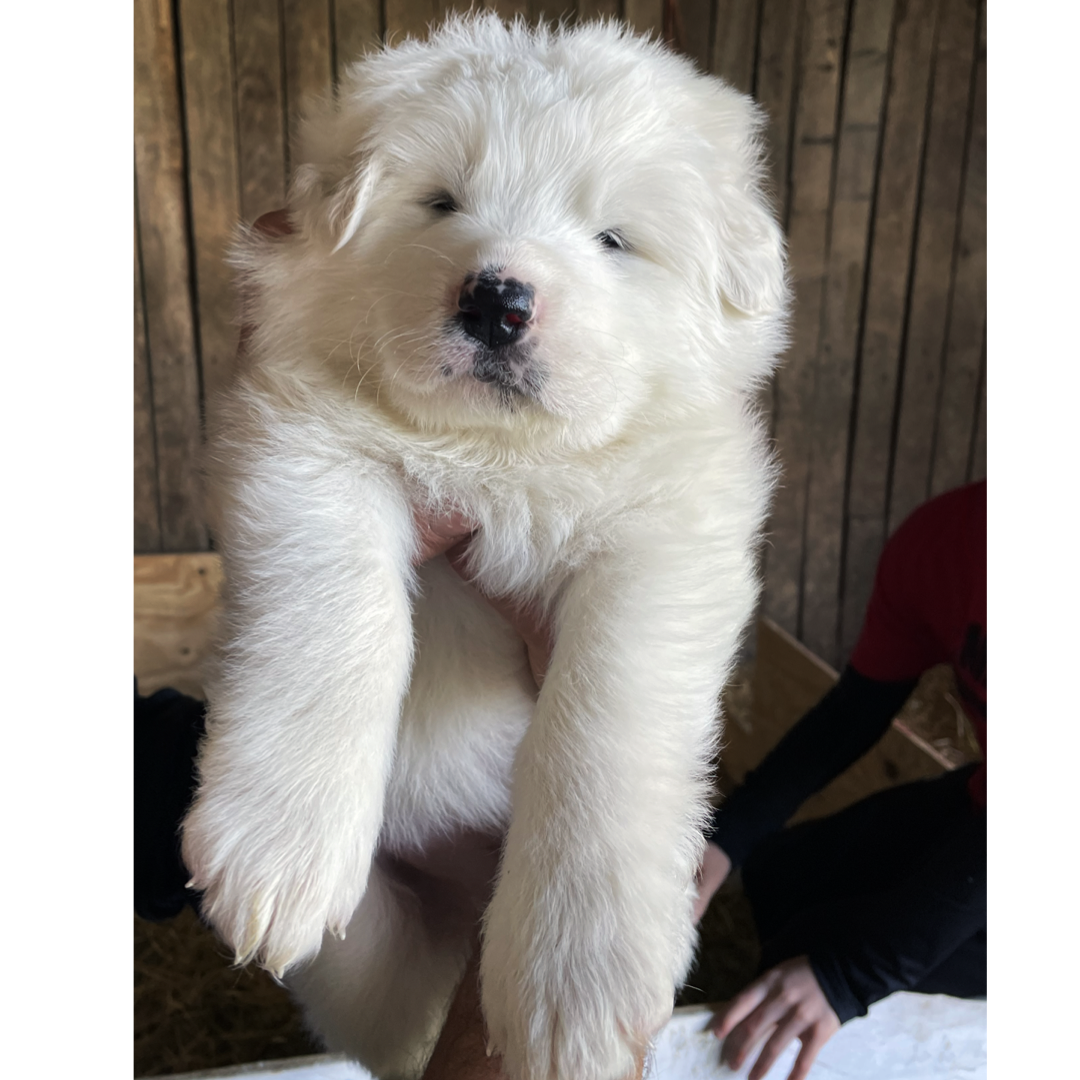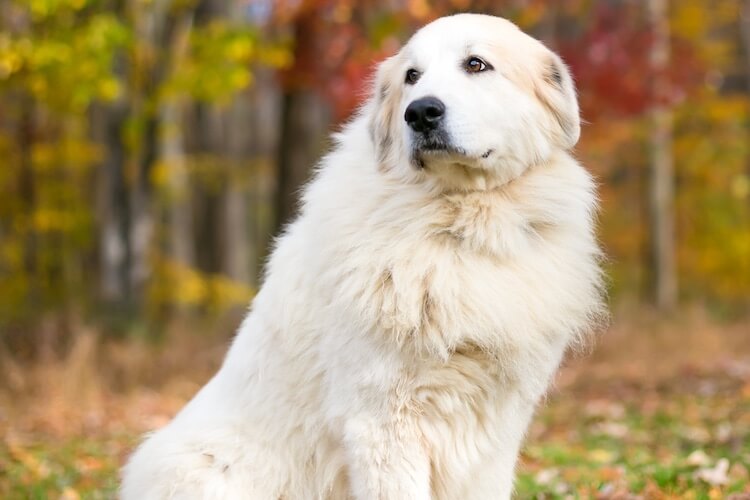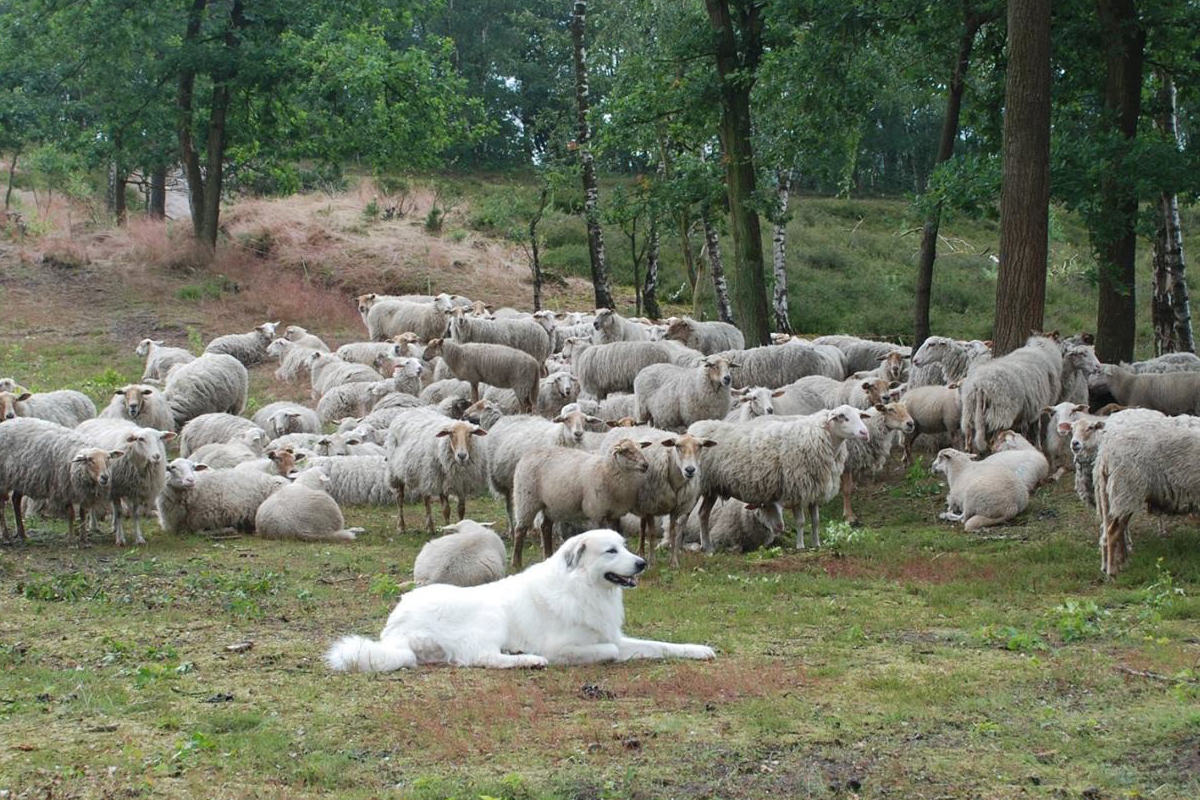
Great Pyrenees dogs, also known as Pyrenean Mountain Dogs, are majestic companions known for their gentle nature, fluffy coats, and protective instincts. While they are generally easygoing and loyal, training a Great Pyrenees requires patience, consistency, and positive reinforcement techniques. This guide will delve into the essential steps and considerations for successfully training your Great Pyrenees dog.
Understanding the Great Pyrenees Temperament
Before embarking on training, it’s crucial to understand the unique temperament of Great Pyrenees dogs. They are independent thinkers, often referred to as “stubborn” due to their strong-willed nature. However, this doesn’t mean they are incapable of learning; rather, they require a training approach that respects their independent spirit and utilizes their natural instincts.
Positive Reinforcement: The Cornerstone of Training
Great Pyrenees dogs respond best to positive reinforcement training methods. This means rewarding desired behaviors with treats, praise, or playtime, creating a positive association with following commands. Avoid harsh punishments or negative reinforcement, as these can damage your dog’s trust and motivation.
Early Socialization and Puppy Training
Early socialization is vital for Great Pyrenees puppies. Expose them to various people, animals, and environments from a young age to prevent fear or aggression. Puppy training classes can provide a structured environment for learning basic commands and socialization skills.
Housetraining: Establishing a Clean Routine
Housetraining is crucial for any dog, and Great Pyrenees are no exception. Start with a consistent potty schedule, taking your puppy out frequently, especially after meals, naps, and playtime. Use positive reinforcement when they eliminate in the designated area.
Basic Obedience Training: Setting the Foundation
Once your puppy has mastered housetraining, introduce basic obedience commands such as sit, stay, come, and down. Use positive reinforcement, repetition, and patience to establish a foundation for more complex behaviors.
Harness Training: Managing Walks Safely
Great Pyrenees dogs are strong and powerful, so harness training is essential for safe and enjoyable walks. Start by introducing the harness gradually, allowing them to get comfortable with it before attempting walks.
Recall Training: Ensuring a Safe Return
Recall training is crucial for off-leash safety. Begin in a fenced-in area, using treats and praise to lure your dog back to you. Gradually increase the distance and distractions as they master the skill.
Preventing Aggression: Channeling Protective Instincts
Great Pyrenees dogs have strong protective instincts, which can sometimes manifest as aggression towards unfamiliar people or animals. Socialization and obedience training can help manage these instincts. Seek professional guidance if aggression becomes a concern.
Exercise and Mental Stimulation: Keeping Your Dog Happy
Great Pyrenees dogs require regular exercise and mental stimulation to prevent boredom and destructive behaviors. Provide daily walks, playtime, and engaging activities like puzzle toys or obedience training sessions.
Patience and Consistency: Key to Success
Training a Great Pyrenees dog requires patience, consistency, and a positive approach. Respect their independent spirit, use positive reinforcement, and avoid harsh punishments. With dedication and understanding, you can raise a well-behaved and loyal Great Pyrenees companion.
Additional Tips for Training Great Pyrenees Dogs
-
Understand their breed-specific traits: Great Pyrenees dogs are known for their independent thinking and protective instincts. Tailor your training approach to these characteristics.
-
Start early: Begin training as soon as possible, ideally during puppyhood. Early socialization and training lay the foundation for a well-behaved dog.
-
Be patient and consistent: Great Pyrenees dogs may take longer to learn than other breeds. Remain patient, consistent, and positive throughout the training process.
-
Use positive reinforcement: Reward desired behaviors with treats, praise, or playtime. Avoid harsh punishments or negative reinforcement.
-
Seek professional help if needed: If you encounter behavioral challenges, consult a certified dog trainer or behaviorist for guidance and support.

Conclusion: A Rewarding Journey of Bonding and Training
Training a Great Pyrenees dog can be a rewarding experience that strengthens the bond between you and your canine companion. By understanding their unique temperament, employing positive reinforcement techniques, and exercising patience and consistency, you can raise a well-adjusted, obedient, and loyal Great Pyrenees dog who brings joy and companionship to your life.
Advanced Training for Great Pyrenees Dogs
Once your Great Pyrenees has mastered the basics, consider exploring advanced training opportunities to enhance their skills and challenge their minds:
-
Trick Training: Teach your dog fun tricks like shaking hands, rolling over, or playing dead. This provides mental stimulation, strengthens your bond, and adds an element of fun to training sessions.
-
Agility Training: Great Pyrenees, with their athleticism and intelligence, can excel in agility training courses. This high-energy activity combines physical exercise with mental stimulation, promoting focus, obedience, and teamwork.
-
Scent Work Training: Tap into your Great Pyrenees’ natural instincts by introducing scent work training. Hide treats or toys and have them use their impressive sense of smell to find them. This mentally stimulating activity provides a sense of accomplishment and strengthens the bond between you and your dog.

Common Training Challenges and Solutions
Great Pyrenees dogs, like any breed, come with their own training challenges. Here are some common issues and solutions to keep in mind:
-
Barking: Great Pyrenees are known for their protective barking. To address excessive barking, teach a “quiet” command and reward them for obeying. Manage the environment to minimize triggers, like securing your yard or desensitizing them to sights and sounds that elicit barking.
-
Leash Pulling: Leash pulling can be an issue for strong breeds like Great Pyrenees. Start with harness training and utilize positive reinforcement techniques like stopping and changing direction when your dog pulls. Gradually reward them for walking calmly beside you on a loose leash.
-
Digging: Digging is a natural instinct for Great Pyrenees, bred to create dens. Provide appropriate outlets for digging behavior, like a designated digging pit filled with sand or dirt. Offer chew toys and redirect their digging instincts to appropriate activities.

Building a Lifelong Bond with Your Great Pyrenees
Training your Great Pyrenees dog is an ongoing process that strengthens your bond and fosters mutual respect and understanding. Consistency, patience, and positive reinforcement are key. Celebrate their successes, no matter how small, and remain patient during setbacks. Remember, a well-trained Great Pyrenees is a happy and fulfilled companion, ready to share adventures and bring joy to your life.
Additional Resources for Great Pyrenees Owners
For further guidance and support, consider these resources:
- The Great Pyrenees Club of America (GPCA): Offers breed information, training tips, and resources for Great Pyrenees owners.
- Online Training Resources: Several websites and online courses offer training resources specific to Great Pyrenees dogs.
- Professional Dog Trainers: Consult a certified dog trainer for personalized guidance and assistance with specific training challenges.
By utilizing these resources and following the training principles outlined in this guide, you can embark on a successful journey of training your Great Pyrenees dog. Remember, the journey itself is a rewarding experience that strengthens your bond and creates a lifetime of companionship with your majestic canine friend.